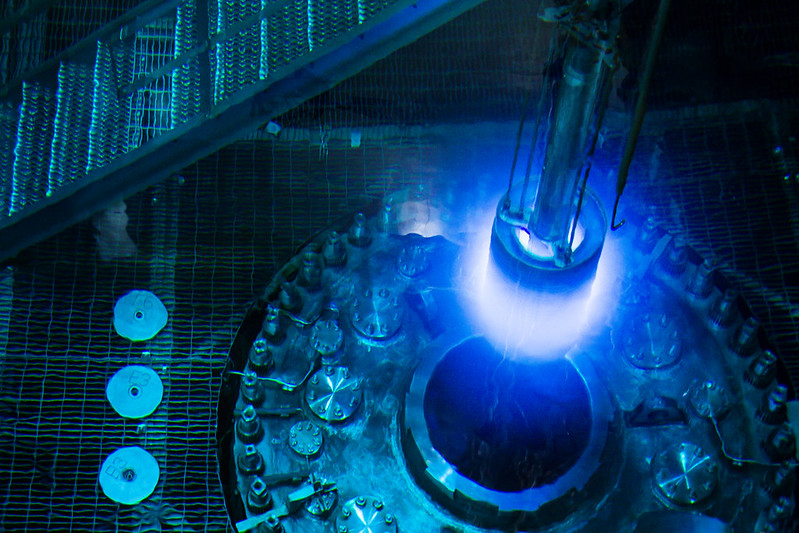As the US Department of Energy’s largest multi-program laboratory, ORNL is engaged in a wide range of activities that support the department’s mission of ensuring America’s security and prosperity by addressing its energy and environmental challenges. To accomplish this, the laboratory applies a remarkable portfolio of scientific expertise and world-class scientific facilities and equipment to develop scientific and technological solutions.
This page provides links to and brief descriptions of ORNL’s major research areas and scientific facilities for Duke faculty, postdocs, and students. Those interested in pursuing research or internship opportunities within ORNL should visit the upcoming research and funding opportunities page.

Advanced Materials
ORNL discovers and makes new materials, studies their structure, dynamics and functionality, and uses computation to understand and predict how they will behave in various applications.Clean Energy
The Energy and Environmental Sciences Directorate works with many of America’s best innovators and businesses to research, develop, and demonstrate cutting-edge technologies and to break down barriers in sustainable transportation, renewable power, and energy efficiency for homes, buildings and manufacturing.National Security
Leveraging a broad science foundation, ORNL applies signature capabilities in nuclear and uranium science, high-performance computing, geographical information science, cyber and data science, applied materials, and advanced manufacturing to counter enduring and emerging threats to national security.Neutron Science
Breakthroughs in medicine, energy, technology, and industry follow advances in the understanding of materials. ORNL is at the US epicenter for one of the most powerful techniques exploring the nature of materials and energy—neutron scattering.Nuclear Science
The Nuclear Science and Engineering Directorate (NSED) addresses compelling challenges in nuclear science and technology that enables ORNL to respond to national priorities. NSED focuses on the following mission areas: 1) research and development (R&D) for both fission and fusion technologies, 2) advanced modeling and simulation, 3) stable and radioactive isotope R&D and production, and 4) research, development, and deployment of technologies to address nuclear security challenges globally.
Supercomputing
The Computing and Computational Sciences Directorate (CCSD) oversees ORNL’s immense store of computing power and its talented staff of computational scientists and mathematicians, conducting state-of-the-art research and development in support of DOE’s missions and programs.Building Technologies Research and Integration Center (BTRIC)
DOE’s only designated user facility dedicated to performing early-stage research and development in building technologies. With the aim of improving the energy efficiency and environmental compatibility of residential and commercial buildings, research focuses on building envelopes, equipment, building systems integration, energy storage and building-to-grid interactions, sensors, transactive controls, and data modeling and simulation.Carbon Fiber Technology Facility (CFTF)
The CFTF provides a platform for identifying high-potential, low-cost raw materials including textile, lignin, polymer and hydrocarbon-based precursors. Using the CFTF, ORNL is developing optimal mechanical properties for carbon fiber material, focusing on structure property and process optimization.Center for Nanophase Materials Sciences (CNMS)
The CNMS at ORNL provides a national and international user community access to expertise and equipment for a broad range of nanoscience research, including nanomaterials synthesis, nanofabrication, imaging/microscopy/characterization, and theory/modeling/simulation. CNMS also acts as gateway for the nanoscience community to benefit from ORNL’s neutron sources (SNS and HFIR) and computational resources.Center for Structural Molecular Biology (CSMB)
The CSMB at ORNL is an open access user program dedicated to advancing instrumentation and methods for determining the three-dimensional structures of biomacromolecules and their assemblies as well as hierarchical structures and biomimetic systems. The centerpiece of the CSMB is a small-angle neutron scattering instrument at the High Flux Isotope Reactor dedicated to studying biological samples (Bio-SANS).